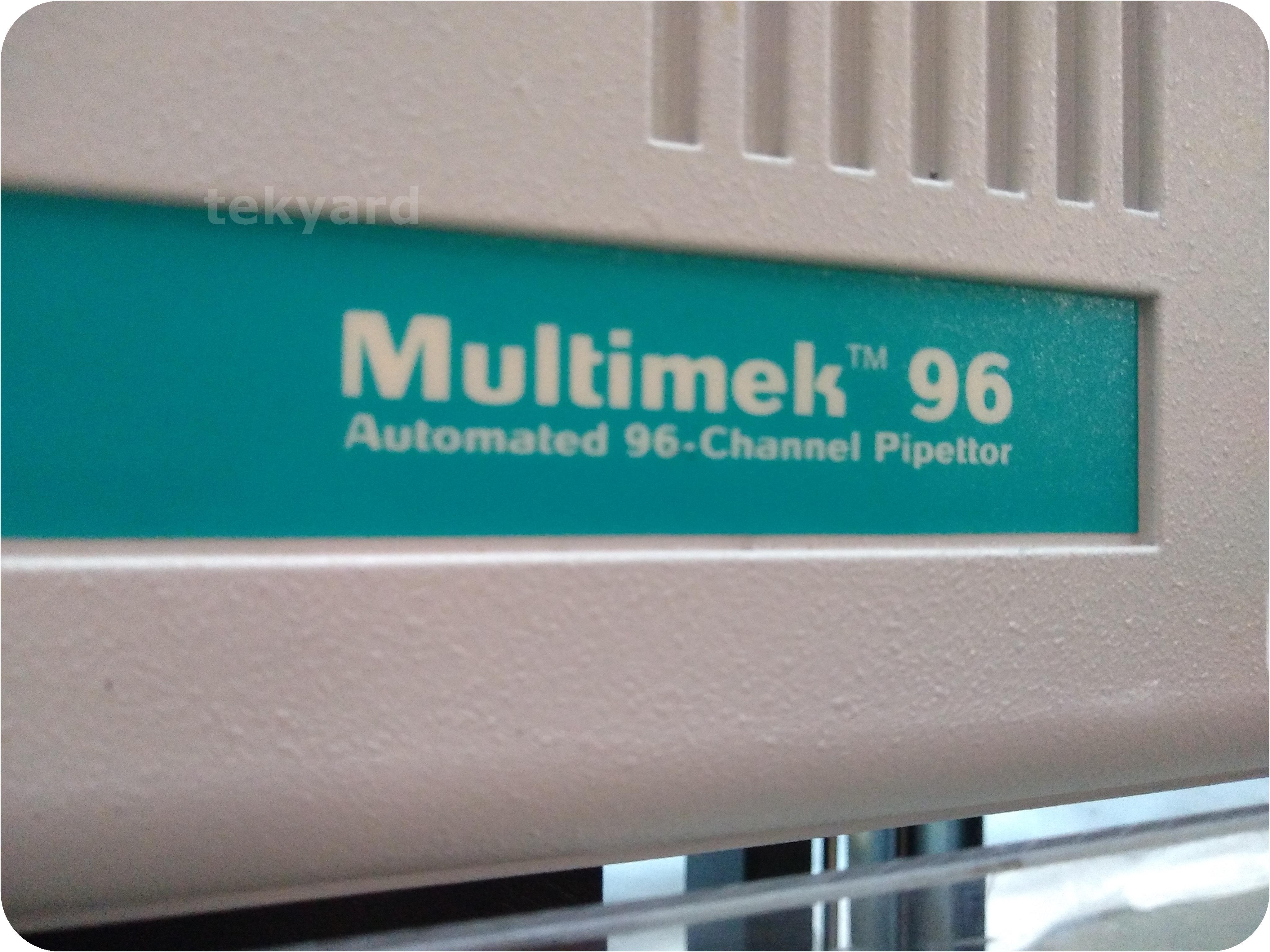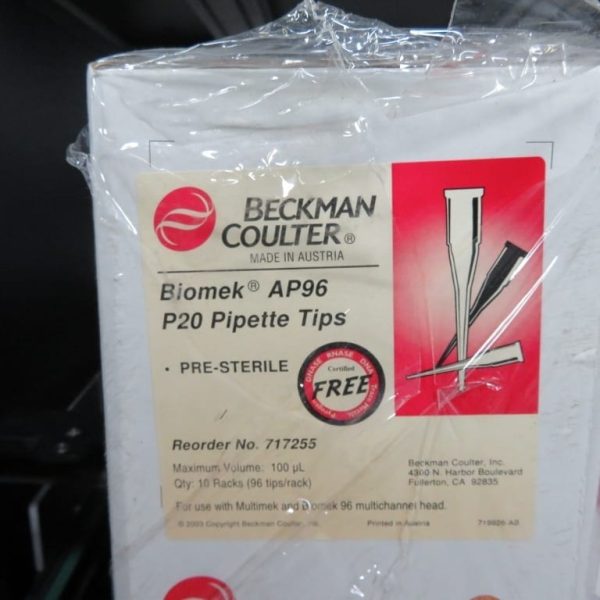



To aliquote the reactions, use the Eppendorf Repeater pipette.Once the reactions have been thawed, vortex briefly and place them on ice.Prepare these plates by labeling them with the title, "Big Dye Primer," the specific base (A, C, G, or T), the direction (forward or reverse), and the date. Each of these tubes will be aliquoted into two MJ Research PCR plates.Thaw the tubes of Big Dye Primer forward and reverse sequencing reactions.403049)Īpplied Biosystems Big Dye Primer Reverse 5000-reaction kit (Cat. from Robbins Scientific)īiosystems Big Dye Primer Forward 5000-reaction kit (Cat. Multimek 96 Automated 96-Channel Pipettor (Beckman Instruments)ģ84-split-well plate (Cat. Instead of removing the excess primers and dNTPS or breaking them down enzymatically, we have found that diluting with water is cheaper, easier and faster. Our PCR reaction (see Polymerase Chain Reaction protocol) does not call for a huge excess of primers or dNTPs. Our experiments have shown that the best way to prepare out PCR samples for sequencing is to dilute them with water. (See Polymerase Chain Reaction Protocol.) Terminator sequencing is used when first pass sequencing reveals an indel. In general, we use primer sequencing for all first pass sequencing attempts. The dilution of PCR products in preparation for sequencing.The preparation of pre-made sequencing plates.This protocol outlines the three steps involved in sequencing a PCR reaction: Big Dye Primer Sequencing Reaction Protocol Big Dye Primer Sequencing Reaction Protocol Overview


 0 kommentar(er)
0 kommentar(er)
